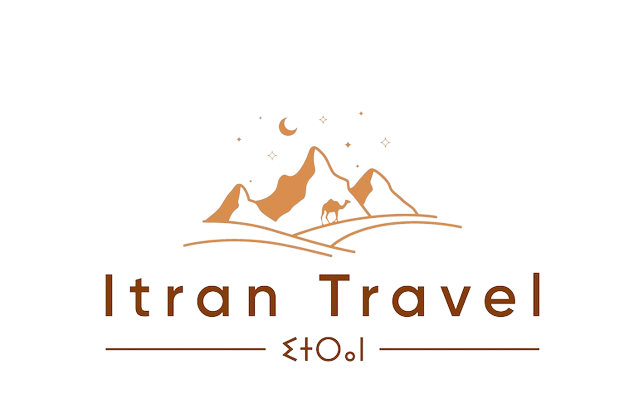In Arabic, “Merzouga”, means ‘grace with blessing.’ Hailing ourselves from Merzouga, this place holds a special place in our hearts, and all our desert tours include a night in the Merzouga desert.
In this blog, we share more about this land of orange dunes and star-scattered skies.
Merzouga is a small village in southeastern Morocco, about 35 km southeast from the town of Rissani and 50 km from the Algerian border. Merzouga is best known for its proximity to Erg Chebbi (the largest sand dunes in Morocco, reaching up to 300 meters.) and also has the largest natural underground body of water in Morocco.
Legend states that Merzouga once flourished as a tropical jungle until it was turned into a desert environment by God who punished families for refusing to host a poor and hungry lady during a banquet. The legend says that wealthy families washed their hands with milk and played with couscous, while the young woman was hungry and helpless. God punished those families, burying them under the sand, and sentencing Merzouga to become a place of extreme heat, lack of water and endless sand storms. Years passed until the area once again filled with greenish vegetation.
Millenary rock-art in the region depicts animals such as elephants, giraffes, and other mammals usually only existing in jungle-like environments.
Merzouga was uninhabited but later became a transit point for merchants heading to Timbuktu. It later became a pilgrimage for the nomads of the Ait Atta tribes and eventually became a tourist destination.
You will find various species of fascinating desert-adapted wildlife in and around Merzouga. The dunes are home to unusual reptiles including the Berber skink and the fringe-toed lizard; while large-eared mammals like the jerboa and the fennec fox come out to hunt under cover of darkness. In particular, Merzouga is a good destination for bird-lovers. The nearby saltwater lake Dayet Sriji provides an oasis for greater flamingos as well as a collection of egrets, storks, and ducks; while the dunes themselves harbor native desert birds including sandgrouse and bustards.





0 Comment